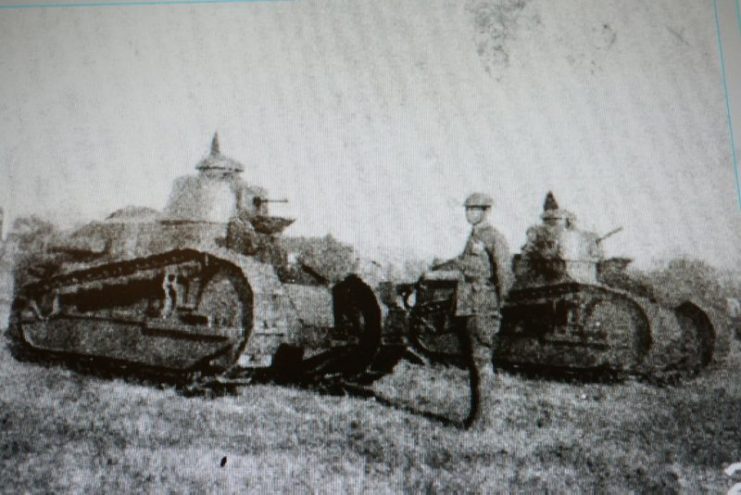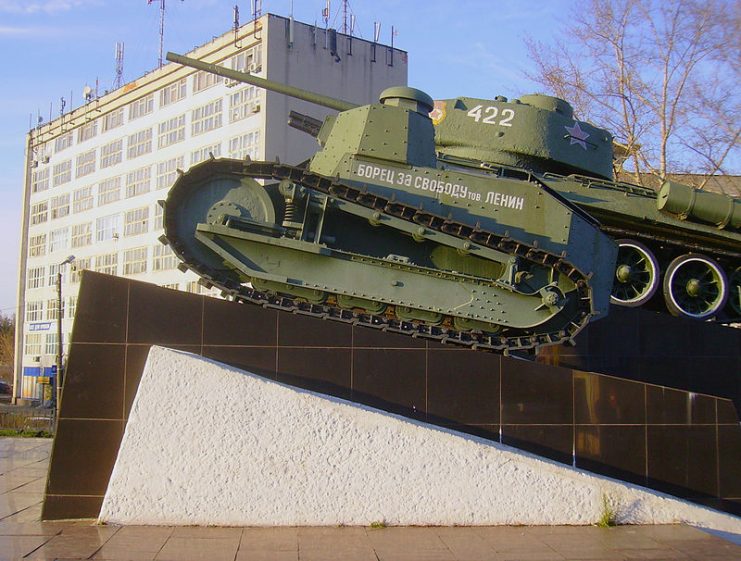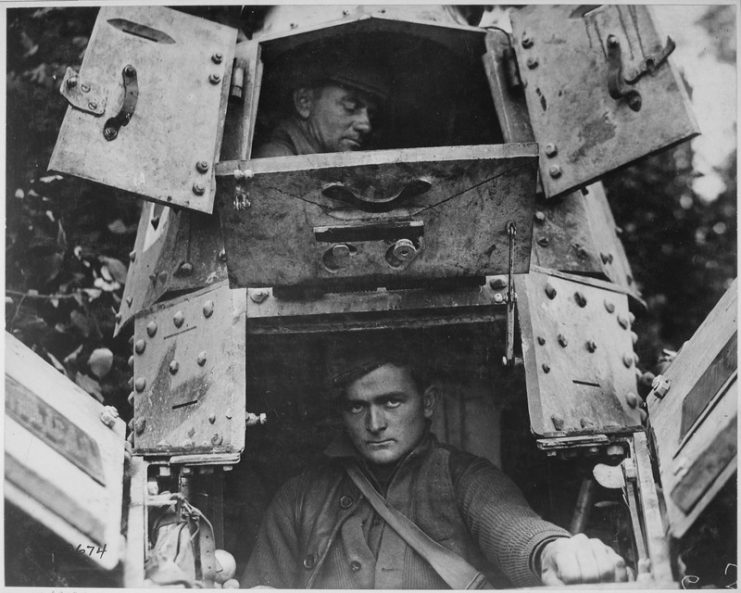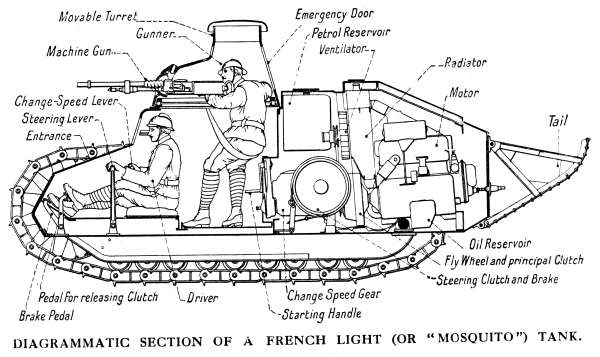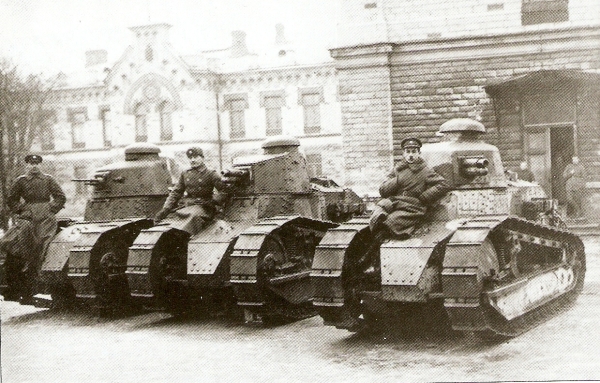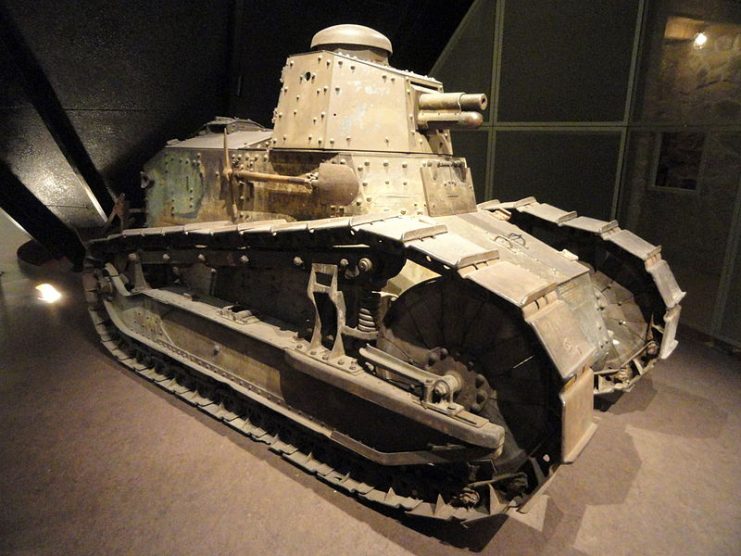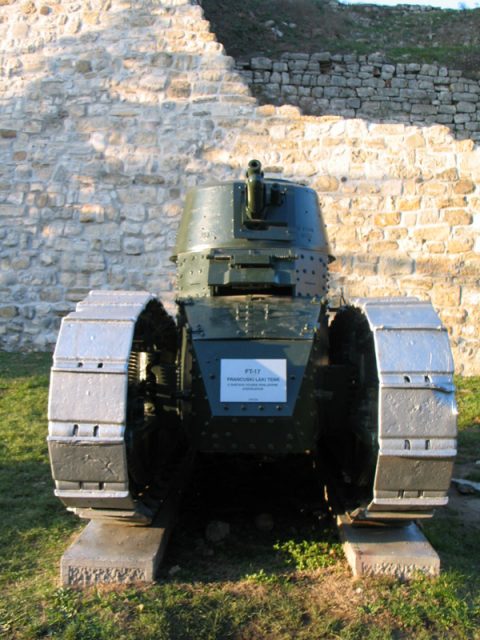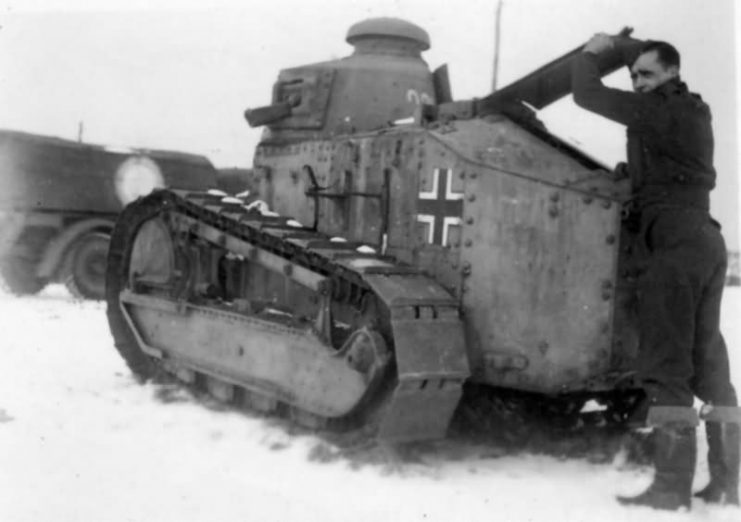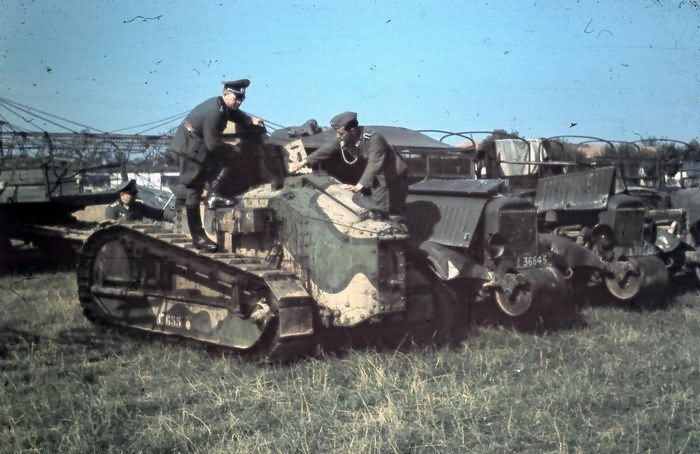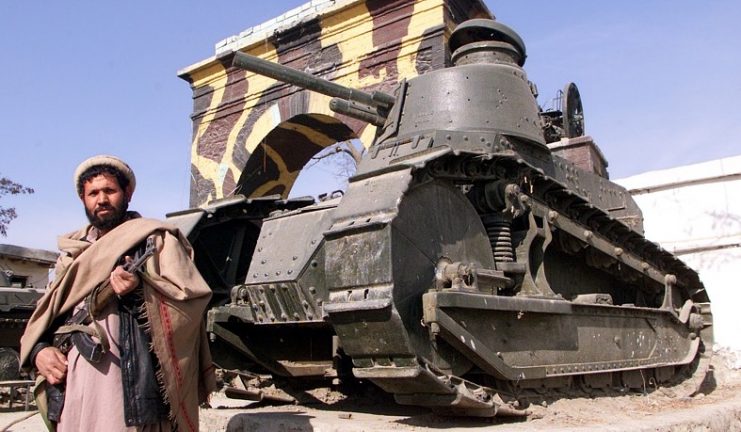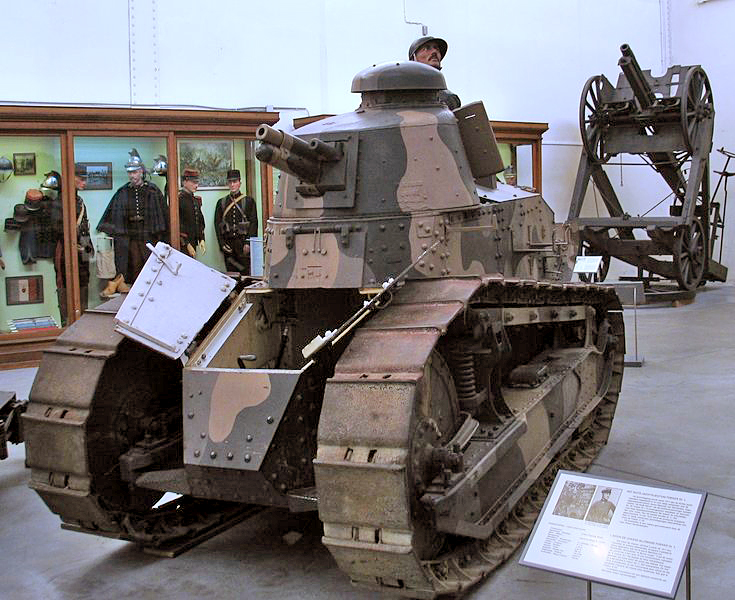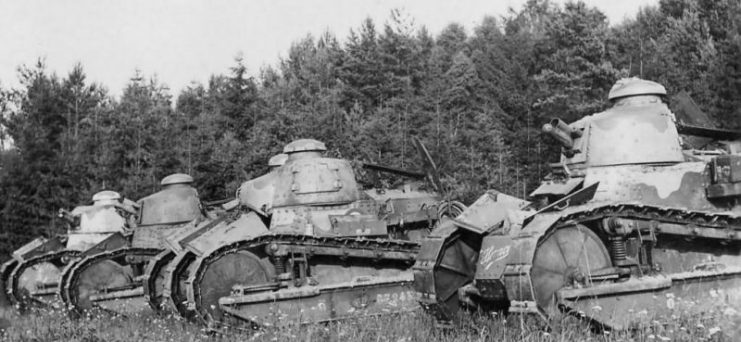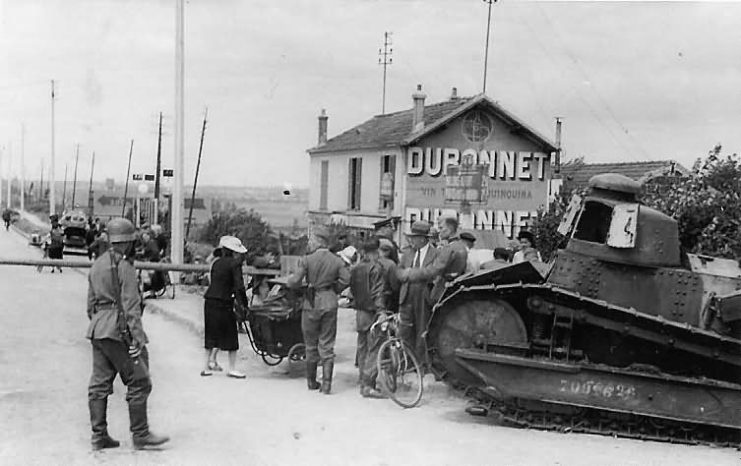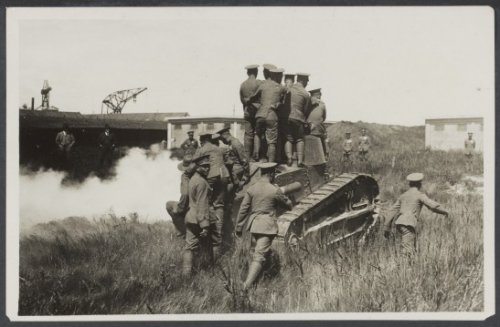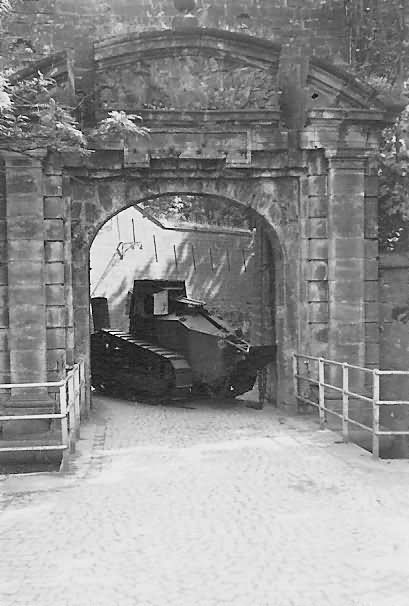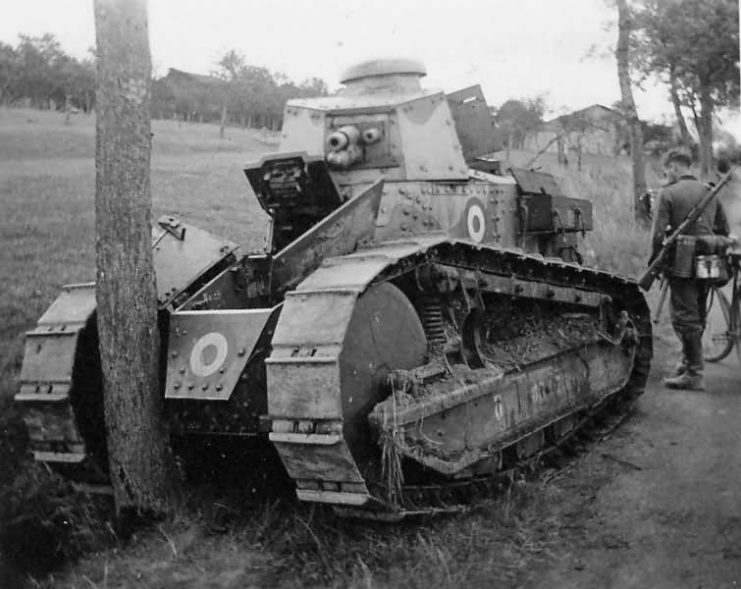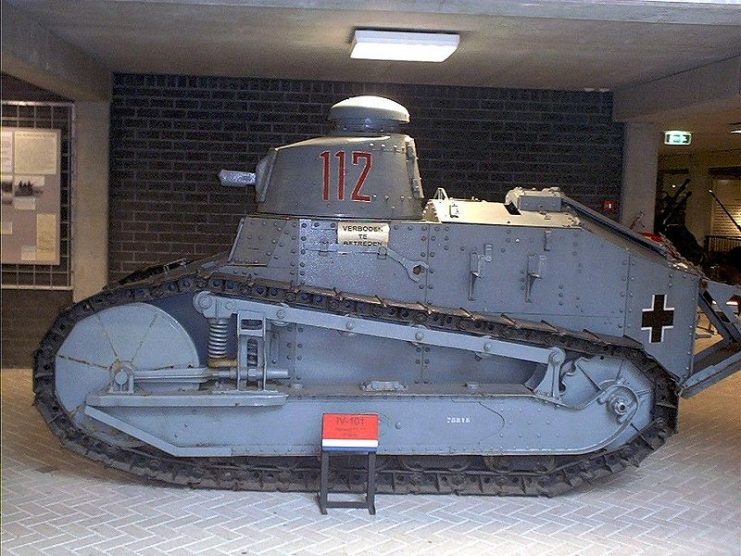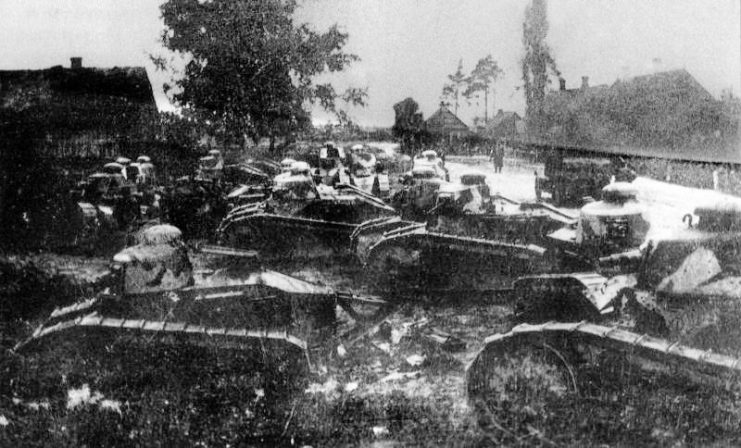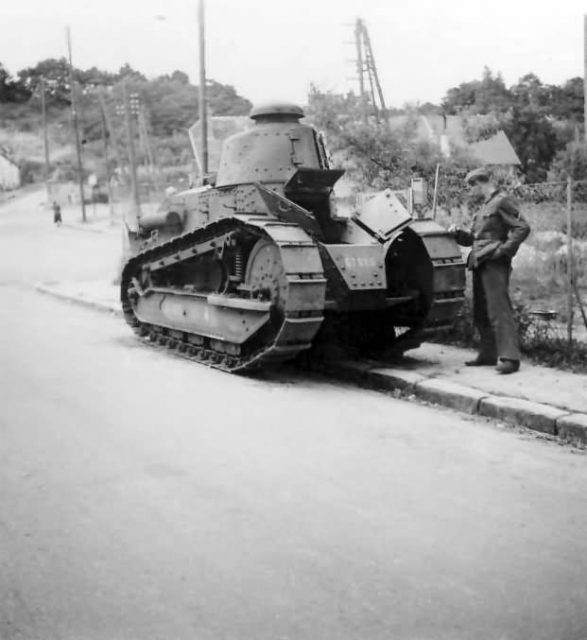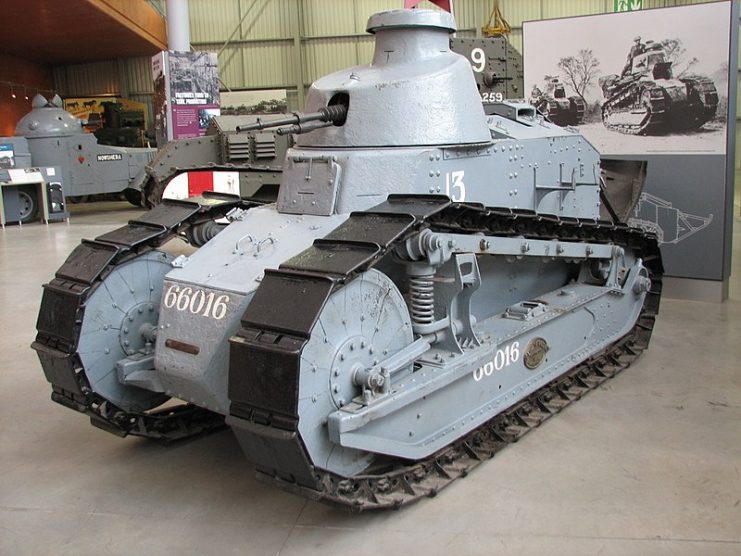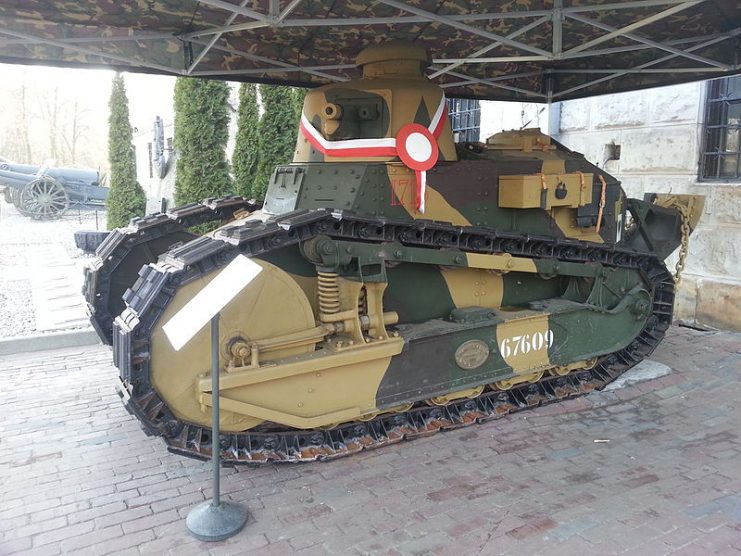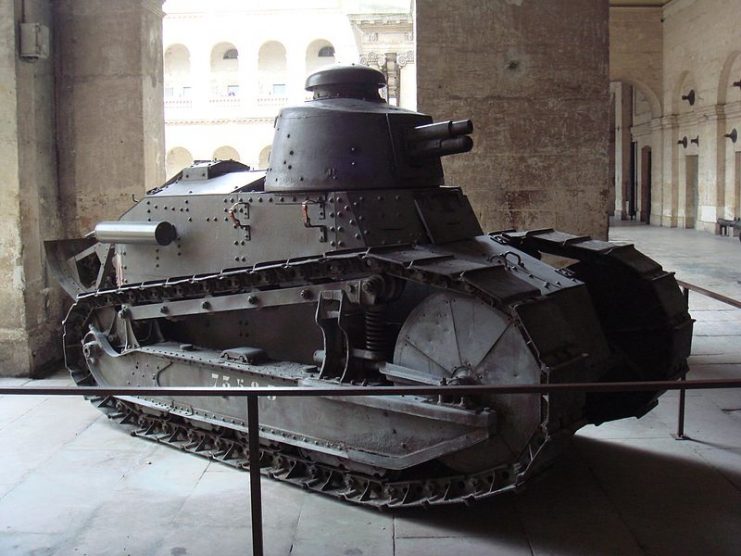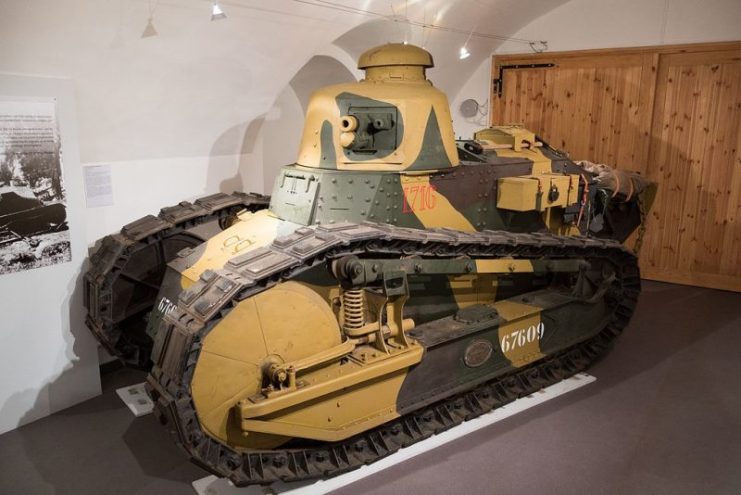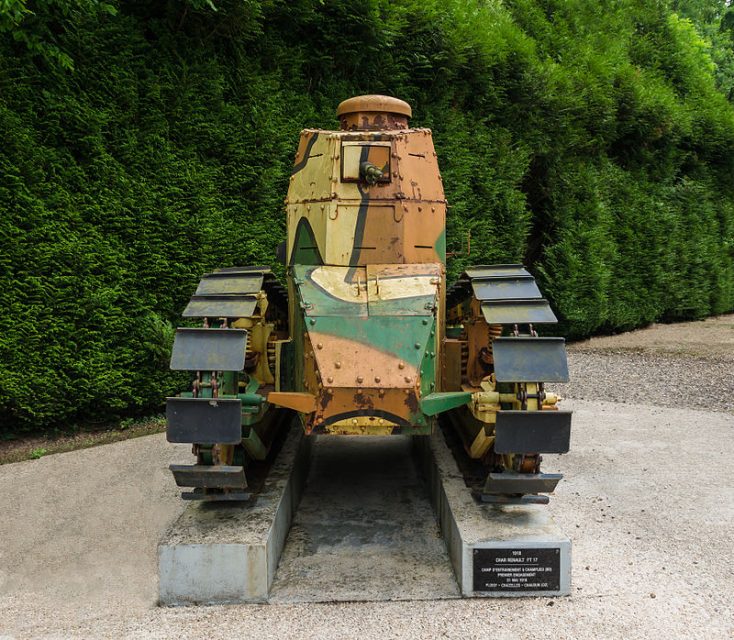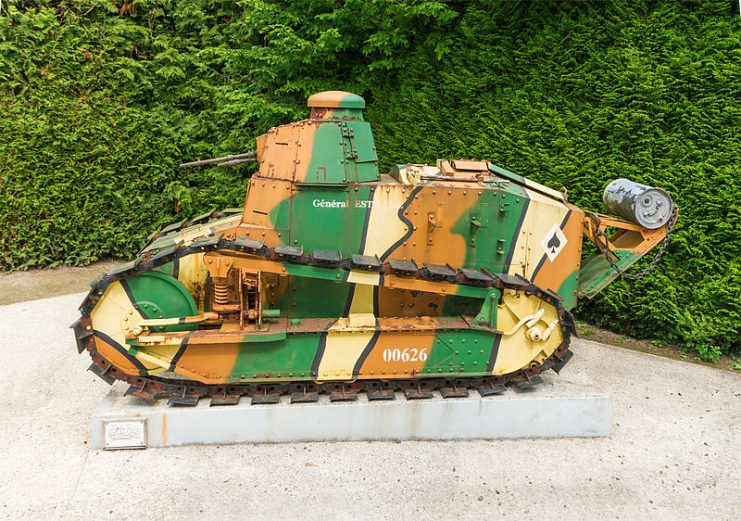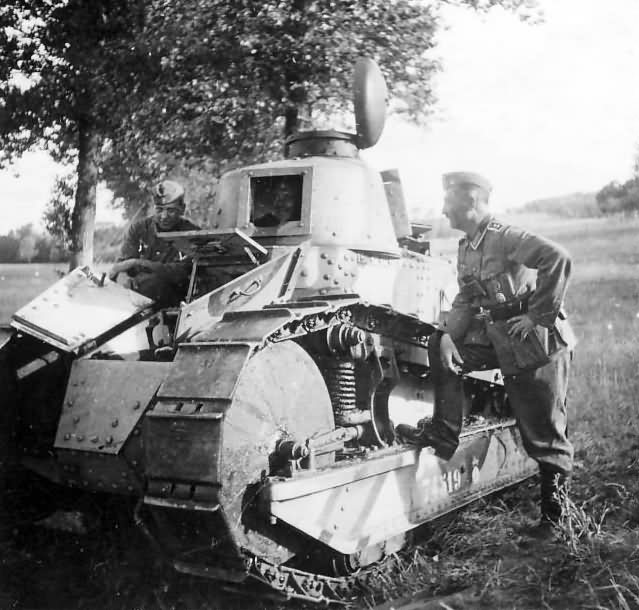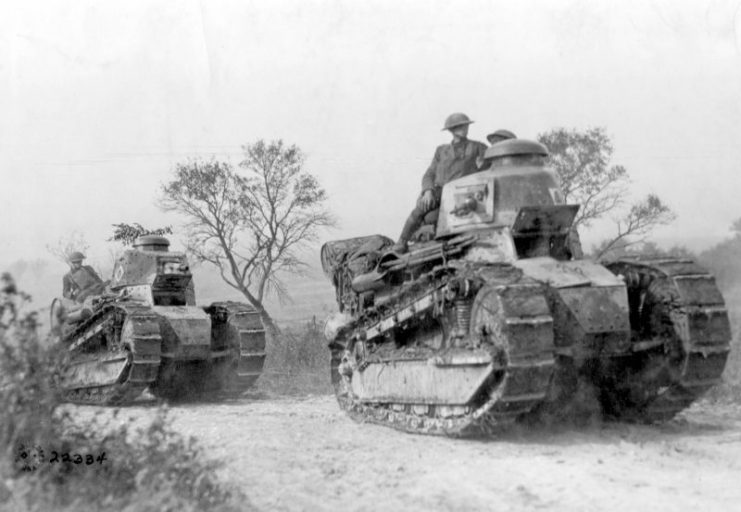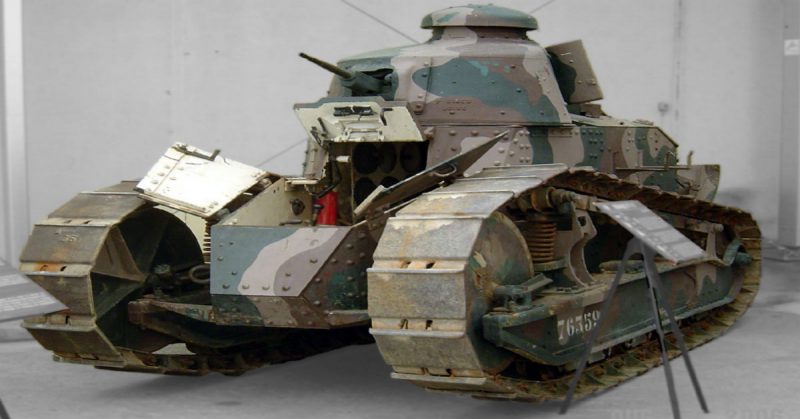The French Renault FT was among the most influential and revolutionary tanks in history. Following the very poor performance of the French Schneider CA-1 tank at General Neville’s April 1917 offensive at Berry Au Bac, Colonel Estienne, the designer of the CA-1 tank gave his full support for the development of a technically more advanced tank, a task which was borne by the Renault Automobile Company.
The Renault was also called FT-17 as a factory code for tank projects run by the Renault Automobile Company. Louis Renault, the famous car maker and owner of the Renault Automobile Company, had begun designing a tank that had a realistic power-to-weight ratio, better agility, speed and trench crossing ability. The tank was also to be cheaper to produce, and easier to maintain.
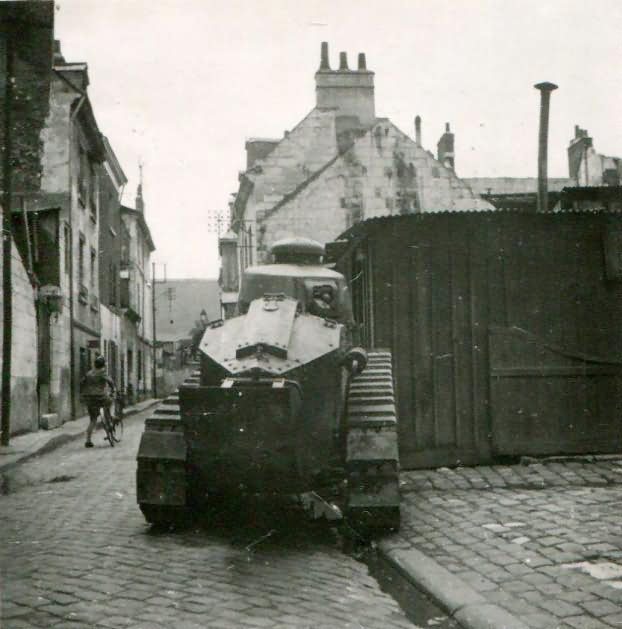
Before then, he had declined involvement in any tank-making project, but after meeting with his friend, Col. Estienne, he would later take interest in the challenge and began his design. Although his design offered much more promise than the heavy, Schneider CA-1 and Saint-Chammond tanks, it faced some challenges with production.
At that time, the French were undecided about whether to use a large number of small tanks or a small number of large tanks such as the Char 2C—just like the British who had performed well with heavy tanks at the Battle of Somme.
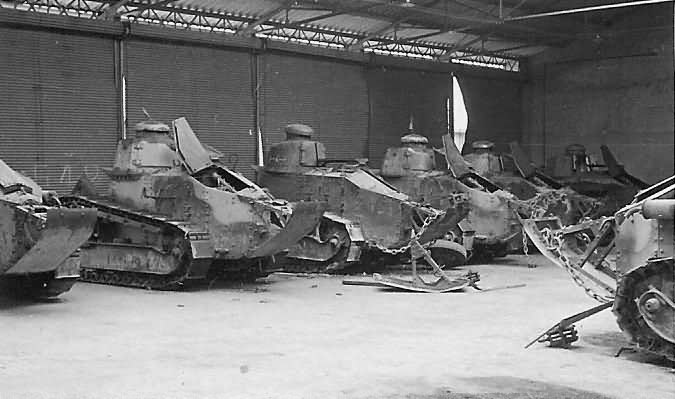
With the intervention of Colonel Estienne, the French government made two large orders in April and June 1917, for tanks based on the specifications of the Renault prototype. Renault was now able to proceed with production of the Renault FT. Only 84 tanks were produced initially, but before the Armistice, about 2,697 tanks were manufactured.
The Renault FT weighed 6.5 tons and had a power-to-weight ratio of 5 hp/ton. Its main armament comprised a Puteaux SA 1918 37mm gun or a Hotchkiss machine gun within a fully rotating turret. It was the first tank ever to use a fully rotating turret.
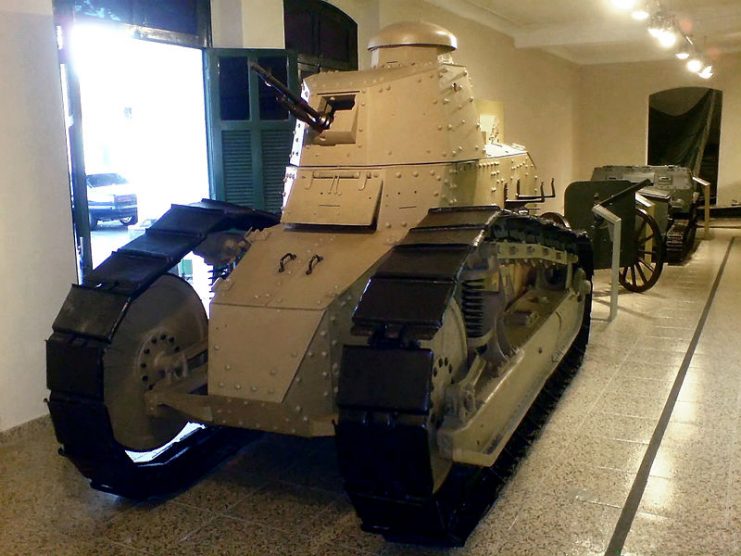
The Renault FT had a speed of 5 mph and used a rear engine configuration. It had space for only a crew of 2 – the driver and commander who also served as the turret operator. It had a modified Holt chassis which enabled it to have a good grip of any terrain. To deal with trenches a rear tail was fixed to the Renault FT which gave balance. Although lightly armed, the Renault FT’s turret made it quite versatile and efficient in many conditions.
There were no means of communication between the turret operator and driver because of the very noisy interior, so a kind of “kicking code” in the back, shoulder or head was used by the turret operator to command the driver.
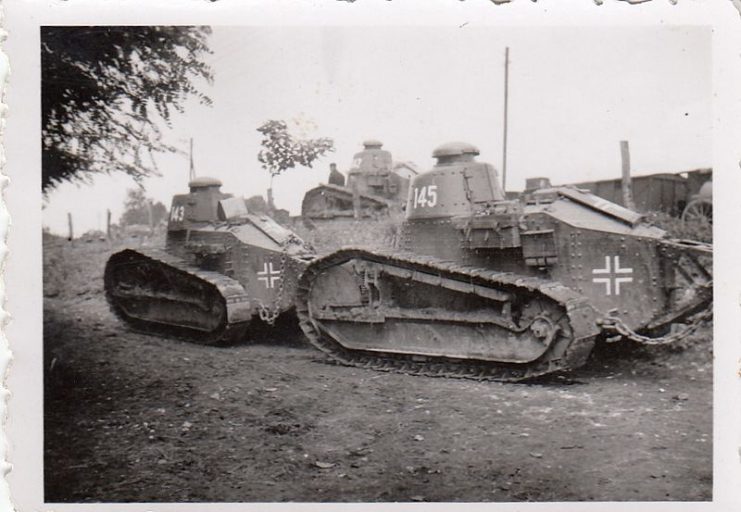
The small FT, without doubt, was a success during its first missions in the World War irrespective of its initial flaws such as radiator fan belt and cooling system problems. Several Renault FTs were involved in all major offenses of the Western front units, with about 4356 engagements featuring the FTs. About 746 FTs were lost in all.
The first operational unit to use the Renault FTs was the 1st Battalion De Chars Legers, on February 1918.
The Americans, soon after the war also developed their own version of the FT-17.
